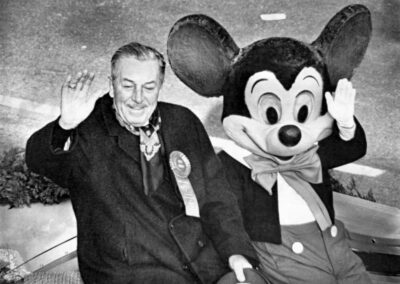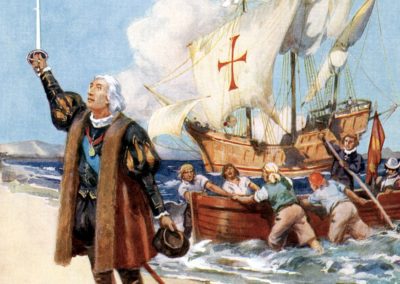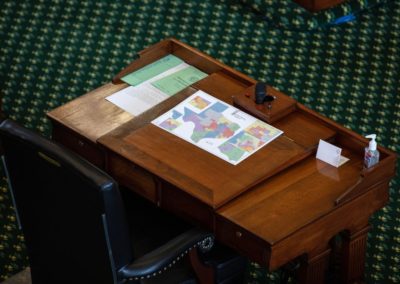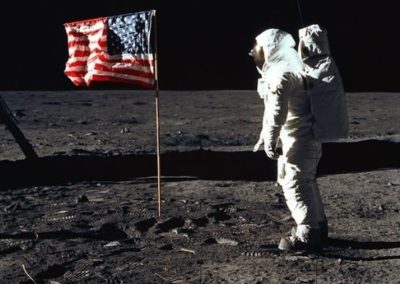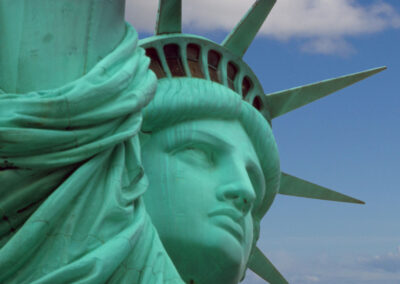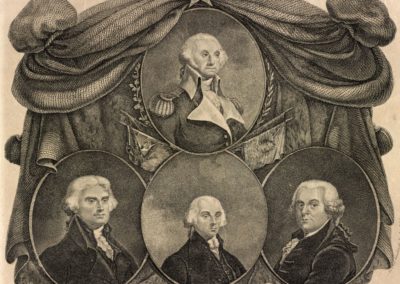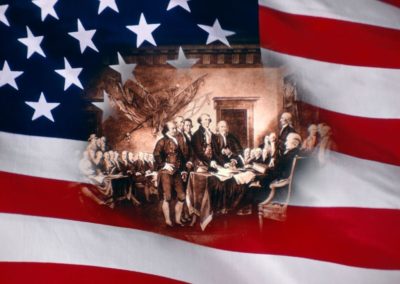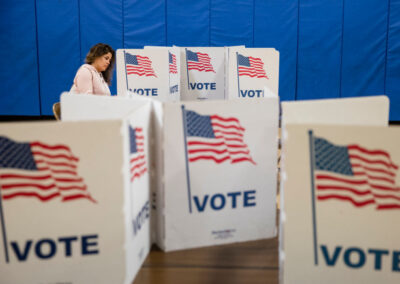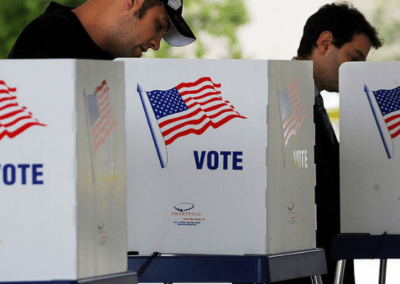Trump’s Parade for the Army – What Better Way to Celebrate 250 Years?
The dramatic procession highlighted the exploits of the Army that preserved US freedoms.
By: Dave Patterson | June 17, 2025 | 633 Words

(Photo by Doug Mills – Pool/Getty Images)
On June 14, President Donald Trump commemorated the birth of the US Army, whose 250th birthday was celebrated with a grand parade in Washington, DC.
In a prelude to the event, Trump spoke at Fort Bragg, inspiring young fighting men and women with stories of the Army’s history in taking on America’s enemies and the legacy of heroism left in the wake of the soldiers who had served. Trump described the exploits of the Army throughout its history, including at Bunker Hill during the American Revolution and the siege of Fort McHenry during the War of 1812, where American sovereignty was again tested.
Trump talked about then-Colonel Teddy Roosevelt charging up San Juan Hill, and “our Doughboys [in World War I fighting] bravely in the valley of the Marne and in the Argonne there in 1918.” He ticked off major events in World War II, Korea, and South Vietnam.
Flag Day, June 14, was an appropriate time to remember the amazing exploits of the senior military service, with its fighting men and women who have repeatedly saved America’s freedom.
Seldom does the country take the opportunity to host a grand parade and honor a military service to which it owes so much. Reporting on the planning, Just the News explained: “This year’s theme, ‘This We’ll Defend,’ was originally used by the Continental Army as a battle cry.” At the beginning of the Revolutionary War in April 1775, there was only a pick-up-team militia to take on the British. Consequently, on June 14, 1775, three months after the war for independence started, the Continental Congress passed a resolution establishing the Continental Army.
Participants in the parade, which formed in the North Parking Lot of the Pentagon, showcased units with heritages that are as old as the United States. Parade-goers saw such legendary units as the oldest Regular Army infantry unit, the Third Infantry Regiment, known as the “Old Guard.” The 42nd Infantry Division was created during World War I, and members of the 82nd Airborne Division marched in the parade as remembrances of their legacy.
Happy Birthday, Army
Numerous activities and events celebrating the Army’s birthday were held on the National Mall throughout the day. Among the featured events were live military demonstrations, music, and family-friendly activities. It was a chance for patriotic Americans to join in and see up close all aspects of the Army that protects us. It was a huge patriotic party, keeping in mind the importance of honoring the two and a half centuries of service.
 Onlookers lined the parade route as more than 6,000 soldiers, 26 Abrams tanks, 27 Bradley Fighting Vehicles, Stryker fighting vehicles, and numerous historical mechanized vehicles, including World War II-era Sherman tanks, passed by. Flyovers featured CH-47 helicopters, a B-25 Mitchell, and a P-51 aircraft, with a total of 62 aircraft passing over the parade.
Onlookers lined the parade route as more than 6,000 soldiers, 26 Abrams tanks, 27 Bradley Fighting Vehicles, Stryker fighting vehicles, and numerous historical mechanized vehicles, including World War II-era Sherman tanks, passed by. Flyovers featured CH-47 helicopters, a B-25 Mitchell, and a P-51 aircraft, with a total of 62 aircraft passing over the parade.
Additionally, there were six High Mobile Artillery Rocket Systems (mobile launchers) in the procession. Sniper units and robotic dogs demonstrated the variety of capabilities employed by the military service. It was a microcosm of the might that makes the US Army the most powerful in the world.
To cap off the event, President Trump swore in new members of the US Army and addressed the more than 250,000 in attendance with a speech that was moving, measured, and inspiring. Lee Greenwood closed the curtain on the evening, to the strains of “God Bless the USA.”
The views expressed are those of the author and not of any other affiliate.

- At the beginning of the Revolutionary War in April 1775, there was only a pick-up-team militia to take on the British.
- By June 14, 1775, three months after the war for independence started, the Continental Congress passed a resolution establishing the Continental Army.
- Sniper units and robotic dogs are part of the variety of capabilities employed by the US Army.


